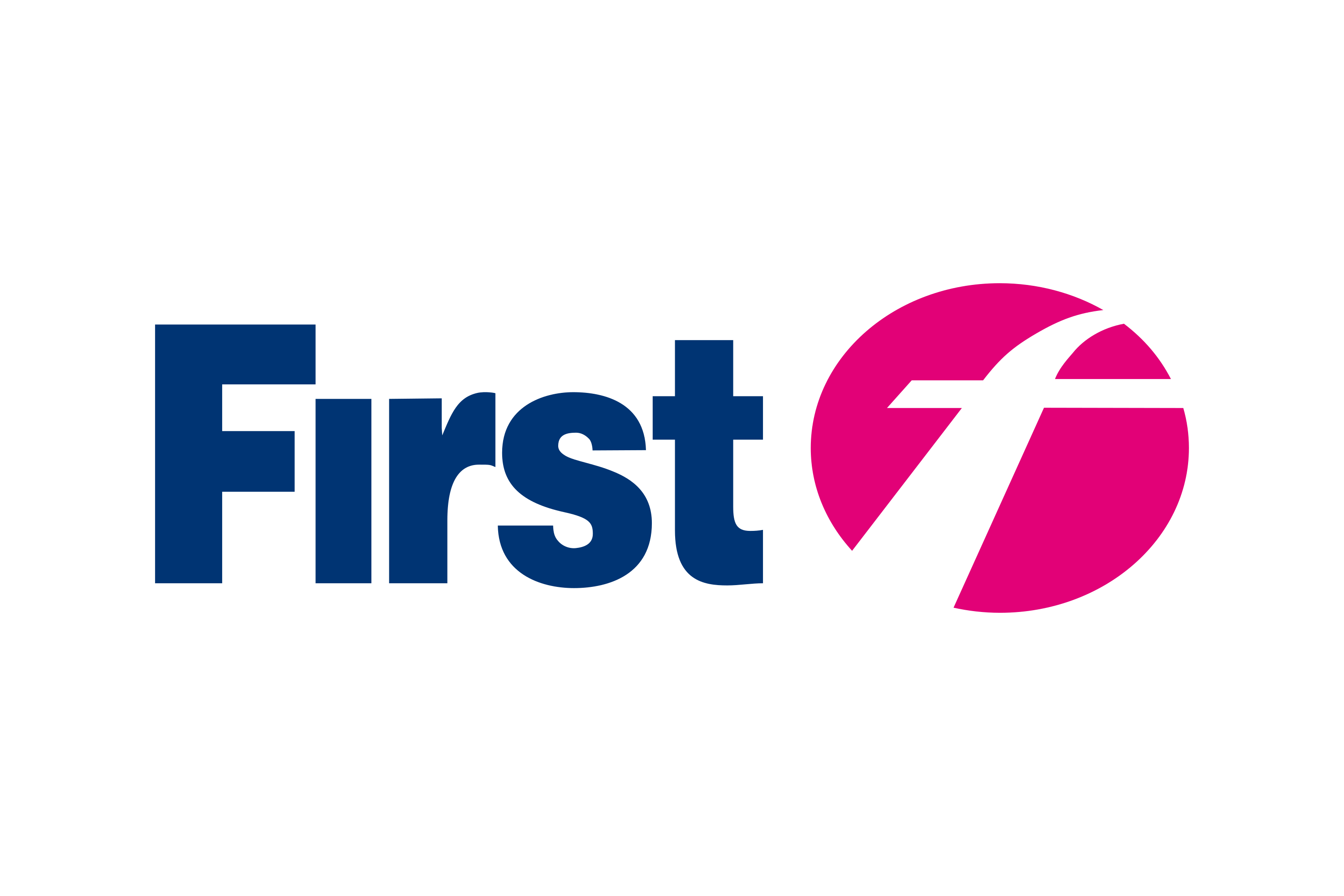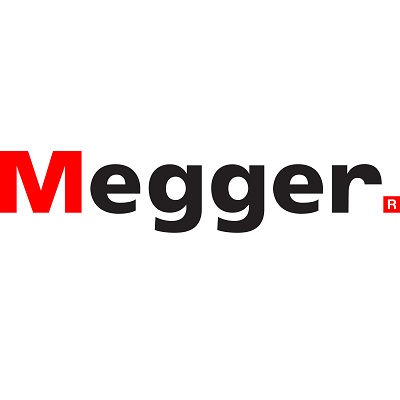Preparing for the European Accessibility Act (EAA)
What you need to know for 2025
The European Accessibility Act (EAA) is transforming accessibility for millions across Europe and the UK, mandating that businesses implement accessibility standards for both digital and physical platforms.
Whether or not you’re EU-based, if your services reach European markets, compliance is essential. Accessibility is now a business priority - not just a legal one so companies should prepare early to avoid penalties and boost inclusivity.
Curious about how the EAA impacts your business? Here's what you need to know...
Get to know the European Accessibility Act
The EAA was introduced to ensure equal access to digital products and services for people with disabilities across the EU, fostering inclusivity in an increasingly digital world.
Over 87 million Europeans live with disabilities, and these individuals deserve equal access to online services. In the UK, 16 million people - roughly 24% of the population - live with disabilities, governed by the Equality Act 2010, which enforces similar digital accessibility standards.
The EAA applies to any business providing products or services within the EU. Sectors such as finance, e-commerce, transportation, and public services must ensure their digital platforms comply. Even companies outside the EU but operating within the market are affected, and although micro-enterprises (those with fewer than 10 employees or a turnover of less than €2 million) may be exempt, achieving accessibility can offer market advantages.
Key deadline for compliance
The deadline for compliance is June 28, 2025.
To meet the EAA’s requirements, businesses must ensure their websites and mobile applications follow the Web Content Accessibility Guidelines (WCAG) 2.1 at Level AA.
These guidelines focus on making digital content:
- Perceivable: Ensuring all content is presentable in ways everyone can access (e.g., using text alternatives for images).
- Operable: All functionalities should be usable by everyone, including those using assistive technologies.
- Understandable: Information and operations should be clear and easy to follow.
- Robust: Content must be compatible with various assistive technologies.
Why it's the right thing to do
Beyond legal requirements, ensuring your digital platforms are accessible is about doing the right thing.
Creating inclusive online experiences for the 87 million Europeans and 14.6 million people in the UK living with disabilities demonstrates social responsibility and fosters brand loyalty.
Accessible websites improve user experiences for everyone, not just people with disabilities. Plus, it’s beneficial for business - creating clearer, more navigable websites benefits all users, including those with temporary impairments or older adults.
The benefits of compliance
- Legal protection: Avoid legal repercussions, fines, and reputational damage by ensuring compliance with the EAA and UK’s Equality Act 2010.
- Broader market reach: Accessibility opens your services to a wider audience, including millions of potential customers with disabilities.
- Enhanced user experience: Accessibility measures improve site usability for everyone, enhancing navigation and reducing barriers.
- Improved SEO: Search engines reward clear, well-structured content, meaning accessible websites are more likely to rank higher in search results.
- Future-proofing: Compliant websites are more adaptable to future technologies and any updates to accessibility legislation.
Practical steps for compliance
- Conduct an accessibility audit: Begin by auditing your current website (give us your URL and we can run a scan for you!), email templates, and mobile applications using both automated tools and manual testing.
- Update your website: Implement WCAG 2.1 Level AA guidelines to ensure your digital properties are accessible. This may include adding text alternatives, improving navigation, and ensuring color contrast.
- Train your teams: Ensure your development and content teams are educated in accessibility best practices and know how to implement compliant features.
- Utilise accessibility tools: Use automated testing tools, contrast checkers, and screen readers to continually assess accessibility during development and content updates.
Start planning for EAA now!
The European Accessibility Act provides a crucial opportunity for businesses to create more inclusive digital experiences, avoid penalties, and build better, more user-friendly platforms. With the deadline approaching in June 2025, businesses need to act now to ensure their websites and mobile apps are accessible to all.
Whether you operate within the EU or the UK, digital accessibility is both a legal requirement and a fundamental aspect of good business practice.
For more personalised guidance on preparing your website for EAA compliance, reach out to our team today. Fill in the form and we'll be in touch!
10+
300+
200+
Trusted by leading brands






















Navigate
Important Links
Want to talk?
-
UK (London)
- 16-18 Finsbury Circus
London
EC2M 7EB - 0203 928 1001hello@paragon-dcx.com
- 16-18 Finsbury Circus
-
UK (Edinburgh)
- 12 South Charlotte Street
Edinburgh
EH2 4AX - 0203 928 1001hello@paragon-dcx.com
- 12 South Charlotte Street
-
Poland
- Obrońców Pokoju
29/158-500
Jelenia Góra - hello@paragon-dcx.com
- Obrońców Pokoju
-
Bulgaria
- 9 Aleksandar Dondukov
BlvdSofia 1000 - contact@despark.com
- 9 Aleksandar Dondukov
-
USA
- 6 Liberty Square
Boston MA 02109 - +1 (617) 816 9492inquiries@celerity-is.com
- 6 Liberty Square
-
France
- Axe Seine
Immeuble Parallèle
1 rue du 1er Mai
92752 Nanterre Cedex - philippe.lefessant@paragon-cc.fr
- Axe Seine
